Here's Why It's SO Hard to Find Lost Hikers - And Why, If You Get Lost, You Should STOP. #Math5/26/2016
I read the saddest story ever this morning. A beautiful, vibrant woman named Geraldine Largay, or Inchworm, was found dead in her tent, almost two years after losing her way along the Appalachian Trail.
Part of me takes comfort in the fact that she died doing what she loved... but mostly, I feel profoundly sad that the world lost such a warm, adventurous and daring woman.
I wanted to take a moment to remind my readers that a) You should try really hard not to get lost -- educate yourself, have a map and a compass. A GPS device can also come in handy -- not only could it save your life, but you can also use it to mark campsites, artifacts, waterfalls and other sights you might want to return to. If you want to be super cautious, invest in an emergency locator beacon or personal SPOT tracker. b) If you do get lost, and it happens to the best of us -- STOP. AS SOON AS YOU REALIZE YOU ARE OFF THE TRAIL, STOP. It's really tempting to go just a little further to see if you can find the trail, but don't. Just stop. Here's why: Say you need to be rescued. (Again, it happens to the best of us.) The rescue crew will begin looking for you around the last place they suspect you were -- maybe they found your backpack, or they know where your last campsite was, or you were able to get the message out that you were about a mile past Berry Creek. (Don't rely on your cell phone -- but if you can get a signal, by all means, use it!) In order to make 100% sure that they find you, rescuers need to search the area of a circle -- where the center of the circle is the last point they knew you were, and the radius is how many miles you've walked from that point. (Because they don't know exactly which direction you were walking when you lost the trail.) Recall that the equation for the area of a circle is A = π*r^2. So say you get lost, and you wander one mile off the trail. The area rescuers have to search to find you (again, assuming they know exactly where you got off the trail) is: 3.14 x 1^2 = 3.14 square miles. Now say you wander two miles from the trail. The amount of searching rescuers have to do to find you doesn't double -- it quadruples! 3.14 x 2^2 = 3.14 * 4 = 12.57 square miles. See what happens? The radius is squared, meaning the growth of the area is quadratic, not linear. So if you walk another mile from the trail: 3.14 x 3^2 = 3.14 * 9 = 28.27 Rescuers must now search 28.27 square miles in order to find you. And so on. I don't know the specifics of Geraldine Largay's situation. I do know that she did many of the right things -- she had a plan, and she shared it. She got lost while hiking alone on July 22, 2013, and her husband knew within a day, because she missed a meetup with him on the 23rd. It's clear that she did stop, and managed to stay calm. She did remain where she was and waited for help to arrive. It's just... finding people is hard. Each year, many people are rescued by volunteer and professional search and rescue teams... and a few are not so lucky. Here are a few more pieces of safety gear to keep you safe during your adventures: 1. SPOT Satellite Personal Tracker, $149.95
I did a four-day solo backpacking trip across Hinchinbrook Island in Queensland, Australis in 2007. One of the requirements for people doing this hike was that each party have an emergency beacon. If you didn't own one, you could rent one for either cheap or free.
Backpacking alone can be slightly scary -- but having this beacon with me took all the worry out of it. Even if I fell off a cliff and broke both of my legs, they would still be able to find me. Admittedly, I haven't carried an emergency beacon since then -- but I think if I were planning a longer trip, I probably would.
My only companion... other than mosquitoes.
These guys come in super handy, whether you run into trouble or not. If you're going to be spending time in the backcountry, or the front country, or you just want to be prepared for power outages, this is a great investment.
After all, just a few weeks before the Hinchinbrook Island photo was taken, I spent a night lost in the Blue Mountains near Sydney, Australia. It totally sucked -- we'd only packed for a day hike, so we didn't have food or warm clothes and it occurred to me that we could freeze to death on the side of that stupid mountain. And as much as I'd like to blame the girl I was hiking with ("We don't need a map," she'd told me. "I know the way!")... your safety is your responsibility. Even if the person you're with claims to know where they're going, you need to look at a map. Even if they claim they have an extra headlamp you can use if it gets dark, you need to make sure the headlamp works and has batteries. I'll say it again: your safety, your responsibility. Anyway, the reason I bring this up is because Eleanor and I were able to get in touch with park rangers using her cell phone -- but she had a low battery, and once it died, no one could get in touch with us again. Had one of us brought a solar charger, we could have kept that battery alive as long as we were out there -- one day, or three, or six, or ten. As long as the sun still rose, we could still recharge the phone.
This is the photo Eleanor and I took as we cuddled for warmth on the cold, hard ground -- wondering whether or not we were going to die. Fun fact: I sewed that hat myself.
3. LifeStraw Go Water Bottle With Integrated Filter, $28.94.
This will allow you to drink water from any pond, lake, river or puddle. Not only does this mean a lighter pack for you (you can refill your bottle on the go, instead of carrying enough for the whole hike)...
It also means that you're not going to die of dehydration if you get lost. I recommended a similar bottle, the OKO Advanced Filtration Water Bottle, in My Most Favorite Piece of Travel Gear EVER. In that post, I wrote, "I always used to feel conflicted about buying bottled water when I traveled to countries with unsafe tap water. On the one hand, I am traveling, I'm being active, and it is hot. On the other, all that plastic has to go somewhere -- and far too often, it is the ocean." Carrying a filtration water bottle, whether it's the LifeStraw of the OKO, will help you reduce your footprint and save the planet. In addition to your life, should you become lost. 4. Emergency whistle, free or cheap. This is a basic piece of equipment that could save your life. Chances are, you already have one, and you don't even know it. Not sure what I mean? Take a look at the chest strap of your backpack.
Surprise! That's an emergency whistle.
If your pack doesn't have one of those, get one. You can even order it in a survival kit, like this one - which also comes with a compass and an emergency survival blanket. (It's $9.98.) 5. Waterproof, windproof matches (or a lighter), $2.21.
Fires are great. They keep you warm. They let you cook food and boil water. And the smoke can even help rescuers find you if you get lost.
In fact! When I was doing anthropology research in the Great Sandy Desert of Australia, the Martu told me that the one thing I should always have in my pocket... was matches. "If you ever get lost, drop a match. Make a fire. We will find you."
I could tell you so many stories about this picture. See also: An Aboriginal Travel Story.
***
So there you have it. Gear and advice that will help keep you safe out there on the trails. If you have advice I missed, share it in the comments!
2 Comments
Justin
5/26/2016 01:32:26 pm
I think in general this is solid advice. Generally if you wait in one place and you know someone is searching for you you are more likely to be found. However, if I was in the shoes of this lost hiker I might have done things differently. It sounds like what she did was wait in place hoping to be found until she was to weak to have the option to do otherwise. After waiting a day or two, I think if I was on the Appalachian trail and had some idea where I was I'd head due East. If you look at a trail map you'll see that the trail is just west of much of major civilization. It wouldn't be ideal by any means, but I imagine you'd run into a road, or some other part of civilization at some point. You can also judge East by where the sun rises, so even if you don't have a compass, I think it should be possible to set a course Eastward. Just my two cents. This advice only applies in situations like this.
Reply
TJ
4/9/2017 02:33:12 pm
Scary! Next time I get lost (which will probably be very soon), I'm staying put. Better yet, I'm bringing a map and a GPS.
Reply
Leave a Reply. |
About the Author
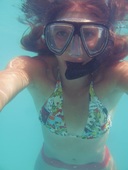
Eva is a content specialist with a passion for play, travel... and a little bit of girl power. Read more >
Want to support The Happy Talent? CLICK HERE!
Or Find me on Patreon!
What's Popular on The Happy Talent:
Trending in Dating and Relationships:
What's Popular in Science: Playfulness and Leisure Skills:
Popular in Psychology and Social Skills:
Categories
All
|
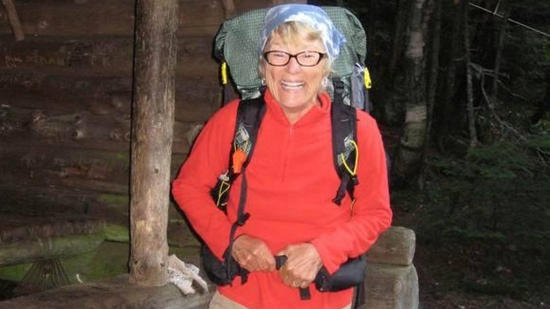
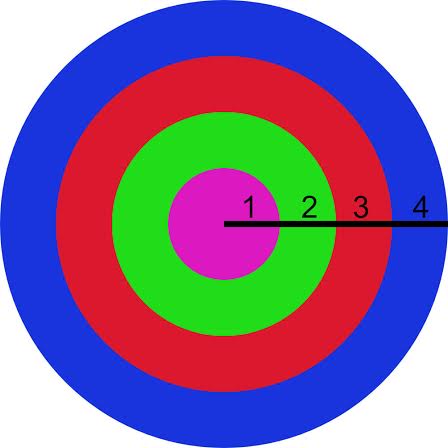
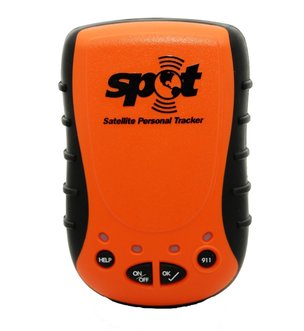
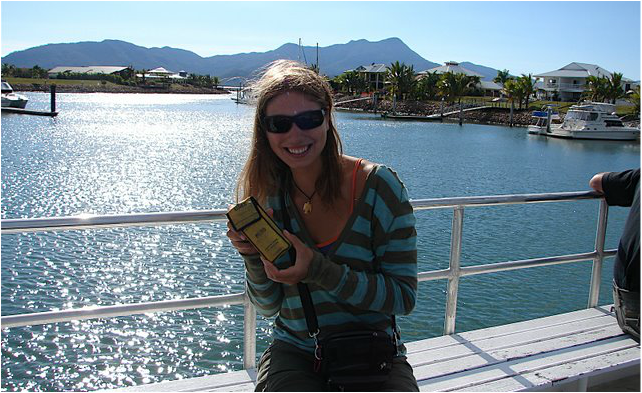
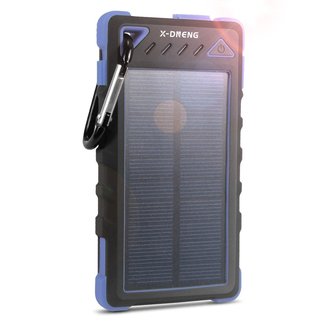
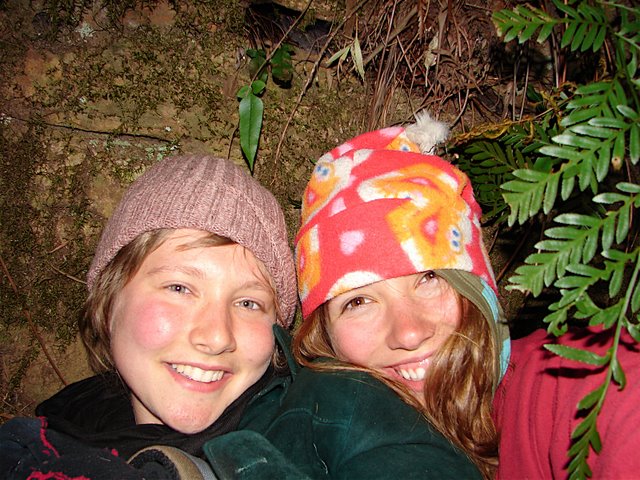
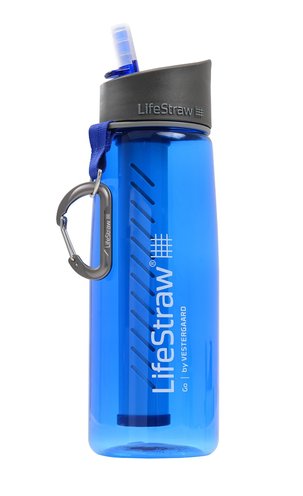
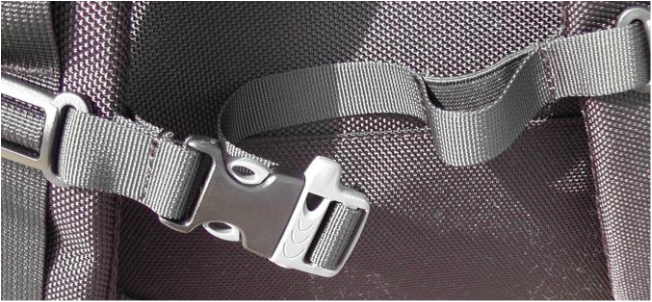
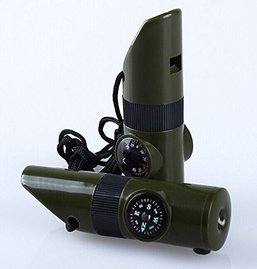

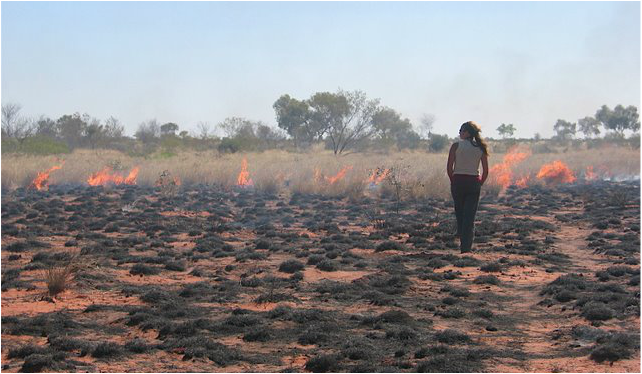


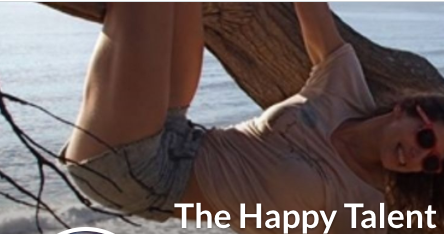


















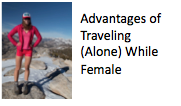



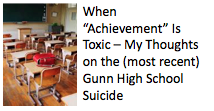
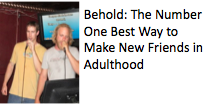
 RSS Feed
RSS Feed